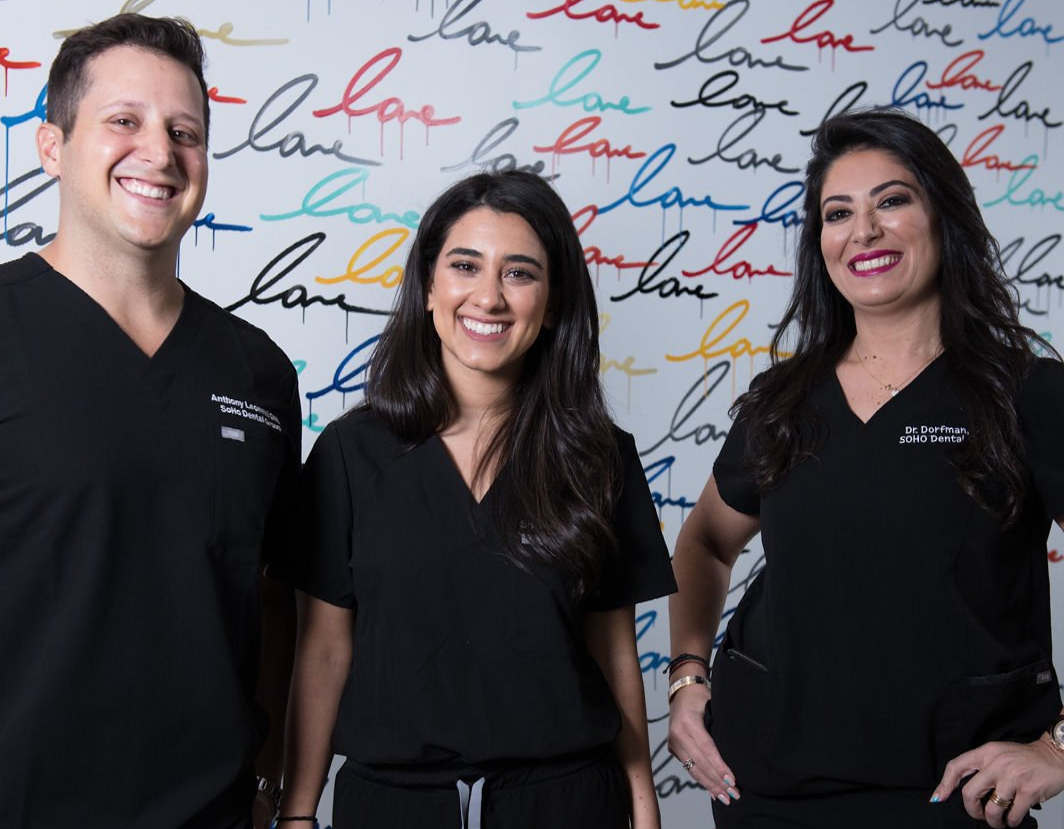552 Broadway, Suite 505
New York, New York 10012
It's Not Too Late! 7 Tips for Reversing Periodontitis
Want to prevent gum disease from ruining your mouth? Check out our guide to reversing periodontitis and saving your teeth.
More than 64 million Americans have some form of periodontitis. That's about half of all adults.
This very common disease affects the gums and root structures of the teeth. Bacteria spread through these structures and can cause major problems like the loss of the teeth.
There are various stages and types of gum disease but all are bad for your oral health and should be treated correctly. Luckily, there are trained
dental professionals who know all about reversing periodontitis.
Read on for seven ways for reversing gum disease.
1. Preventative Care
Obviously, the best way to reverse periodontitis is to prevent it from taking over in the first place.
There are many things that everyone should be doing on a daily basis in order to protect their teeth.
The first is that they should be brushing twice a day for at least two minutes. Secondly, you should also be flossing at least once a day. Both of these things remove debris and bacteria from the mouth to keep it cleaner and prevent damage from sustained exposure.
Every person should also be seeing a dental professional at least once a year.
These appointments will give you an insight into the overall health of your teeth, gums, and mouth. If there is the potential for a problem the dentist can point it out for you to focus on.
2. Plaque Removal
During these regular dental checkups, you will also get a thorough cleaning. During these cleanings the plaque and tartar will be removed from the teeth, which is crucial for reversing gum disease.
We all get plaque on our teeth from our daily life, it's that sticky film you can feel with your tongue. If it's not removed it can harden and turn into a callous called tartar.
When there is a buildup of tartar on the teeth it provides a great breeding ground and hiding place for bacteria. And bacteria that get up into the gums are the cause of periodontal disease.
These professional cleanings are important because a regular brushing won't remove tartar from the teeth.
3. Early Diagnosis
When you are seeing your dentist regularly, they will be able to give you an early diagnosis. This can help you reverse gum disease quickly.
The first of the types of gum disease is called gingivitis. This is when the gums are irritated and inflamed. They may also appear to be bright red. Typically the gums will also bleed during regular brushing.
When you are diagnosed with gingivitis, your dentist will be able to give you pointers to get rid of the bacteria. This could be through a medicated mouth wash or toothpaste.
They will also educate on more productive brushing methods to increase the amount of cleaning happening regularly.
4. Scaling and Planing
One of the biggest steps that patients have to take in reversing periodontal disease is through processes called scaling and planing.
These are both done by the dentist and are done to remove the plaque and tartar that has gone below the gum line. Once the bacteria have entered these areas it will continue to grow exponentially. The pockets in the gums that hold the infection are a great breeding ground.
The procedures are performed after the patient has been numbed because the dentist will be going much more in-depth.
At this stage it's crucial to get these procedures done to stop the infection before teeth are too far damaged.
5. Laser Periodontal Therapy
Once there begins to be significant receding of the gums and obvious infection that isn't going away, a dentist may recommend laser periodontal therapy.
This is a relatively new treatment option that allows for very in-depth cleaning of the roots and under the gums. During this procedure a laser pulses over the infected area to kill the germs living there.
Once this is done then the gums can begin to heal and regenerate. This is becoming a very popular treatment option because both the procedure and the results happen very quickly.
The dental professional will also be able to pinpoint obvious trouble areas, making it a very efficient tool.
This is a very strong step a patient can take towards reversing gum disease.
6. Traditional Surgery
The last, most invasive way to reverse gum disease is to have surgery. During this type of surgery the gums are cut and moved back so the tooth is exposed. This allows the dentist to fully remove the bacteria and damage.
After the cleaning is completed, the dentist will then stitch the gums back around the teeth. They take great care to close any pockets that may have developed because of periodontal disease.
This treatment option is the very last resort as it's very invasive and has a difficult recovery. Some patients may even require bone or gum grafts if the damage has gone that far.
Once the gum disease has progressed this far, the patient is in serious danger of losing teeth, having bone damage, or of the bacteria traveling to other areas of their body.
7. Healthy Habits
After the patient has received the necessary treatments, there are some things that can be done to continue reversing gum disease naturally.
Obviously, continued (or improved) oral hygiene is a very necessary step. The added focus on deep cleaning teeth, especially in between, can help keep the bacteria from coming back.
Also, a healthy diet is very important for good oral health. Foods that contribute to overall poor health will do the same for oral health. So they should be avoided.
Taking care of the body, in general, will help you to avoid the terrible effects that periodontal disease can have.
Get Started Reversing Periodontitis
Periodontal disease can have extremely negative effects on your gums and teeth. It's a very important thing to stay on top of and try to prevent.
Thankfully, reversing periodontitis is possible and many patients see a significant decrease in symptoms, if not a full recovery.
If you would like to have a periodontal exam done or have more questions, contact us today!Our Primary Service Areas
Content reviewed by the
Home / Meet the Doctors / Services / New Patients / Reviews / Contact
516-701-2062
All Rights Reserved | SoHo Dental Group


